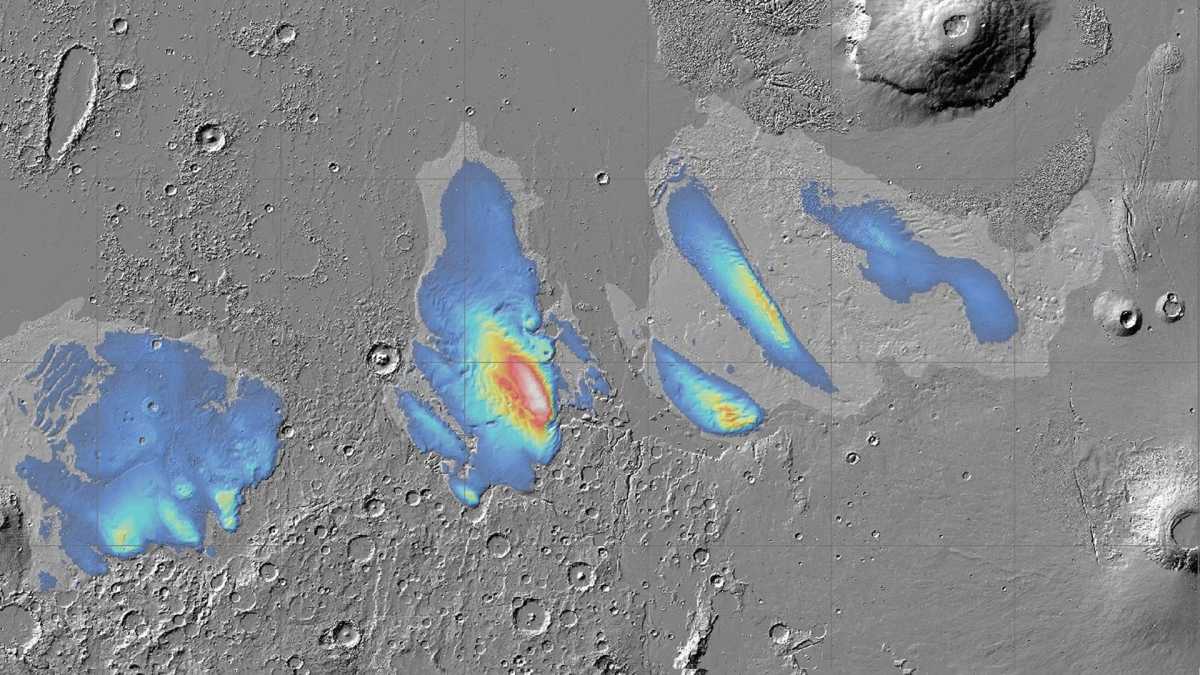News
European Space Probe Discovers Massive Underground Water-Ice Deposits on Mars

A recent investigation by the European Space Agency (ESA) has unveiled a remarkable discovery of extensive water-ice deposits underground on Mars. The Mars Express mission conducted by ESA has detected massive amounts of water ice near Mars' equator, with enough to cover the planet in an ocean approximately 4.9 to 8.9 feet (1.5 to 2.7 meters) deep.
Lead researcher Thomas Watters from the Smithsonian Institution in the United States expressed enthusiasm over the results, stating that the radar signals obtained from the investigation correlate with those expected from layered ice formations. The detected ice-rich deposits are located within the Medusae Fossae Formation (MFF), measuring hundreds of kilometers across and several kilometers high.
The ice deposits, estimated to be up to 3.7 kilometers (2.3 miles) thick, are encased beneath layers of hardened ash and dry dust, adding a protective crust to the buried water-ice. However, accessing the water-ice would be challenging due to its substantial depth.
While previous evidence of water ice near Mars’ equator has been found, this recent discovery marks the largest quantity of water ice detected in the region. The contamination of the ice by dust, similar to that found in Mars’ polar caps, further supports the identification of these deposits as water ice.
The significance of this finding lies not only in the abundance of water-ice but also in its proximity to Mars’ equator. Although future manned missions would benefit from such accessibility, the depth of the deposits poses considerable challenges in extracting and utilizing this resource.
The ESA’s Mars Express mission, which has been studying the Red Planet for over two decades, continues to unravel the mysteries of Mars and provide valuable insights into the planet’s history and potential for sustaining human exploration.












